5 reasons not to put a mattress on the floor — and 3 reasons why you should
It isn't healthy for all mattresses to put on the floor
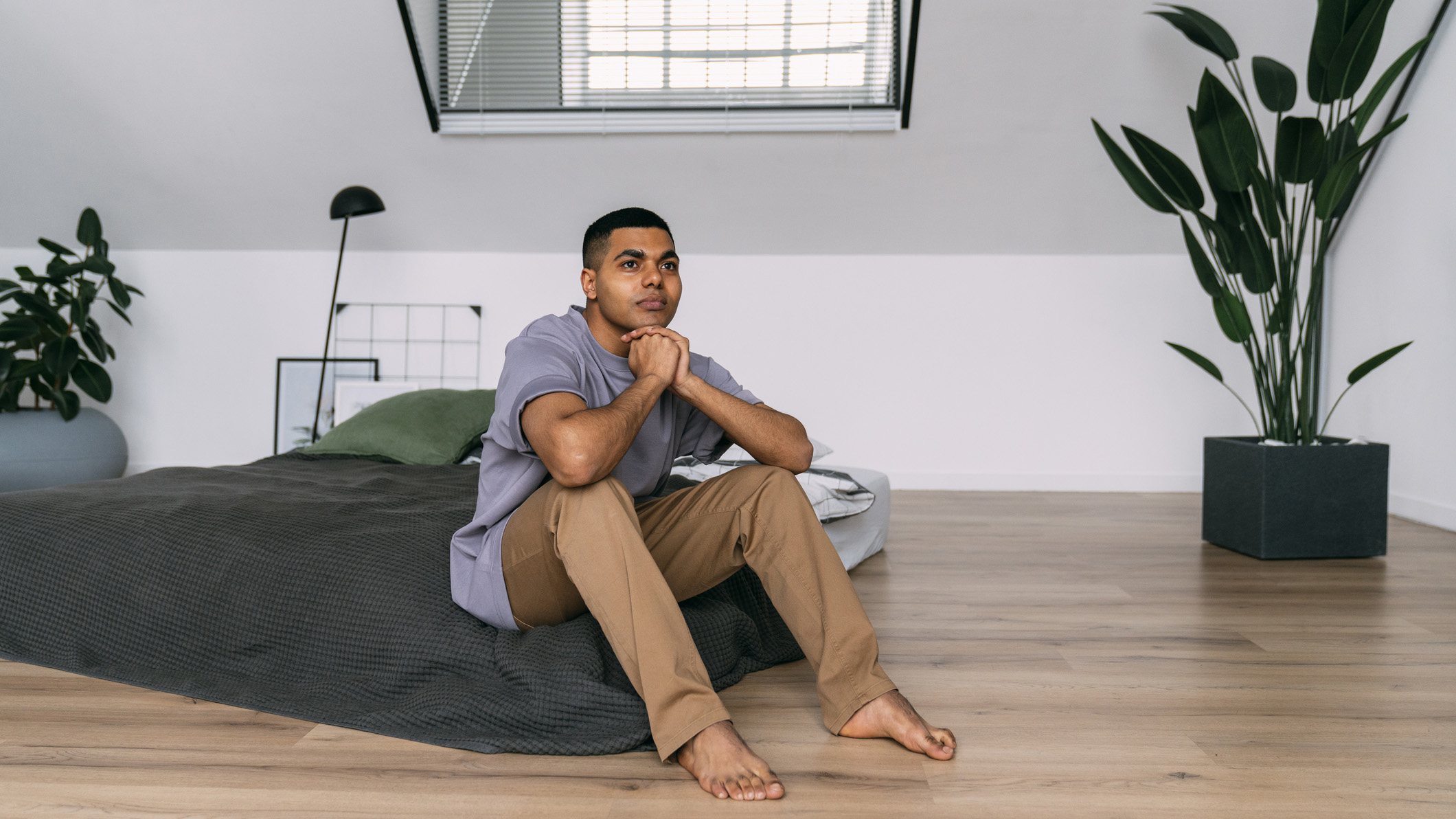
Placing a mattress on the floor may be the rage among TikTok sleep hackers but not all mattresses are designed to be used that way. Worse yet, not using a bed base could void your mattress warranty, leaving you without any coverage.
Most of this year’s best mattresses should only be used on a suitable base. Of course, there are exceptions, but the reasons not to put your mattress on the floor will outweigh the reasons why you should.
Whether you want to save money, maximize space, or simply hop on a trend, here’s what we want you to know about placing your mattress on the floor…
Can you put a mattress on the floor?
Can you put a mattress on the floor?
It’s certainly more simple to put a mattress on the floor, but it's not recommended. Your mattress needs space to breathe so it can stay in good shape – and a bed base helps with that. Memory foam mattresses in particular are sensitive to being placed on the floor because it makes their porous material more prone to developing mildew and attracting bacteria.
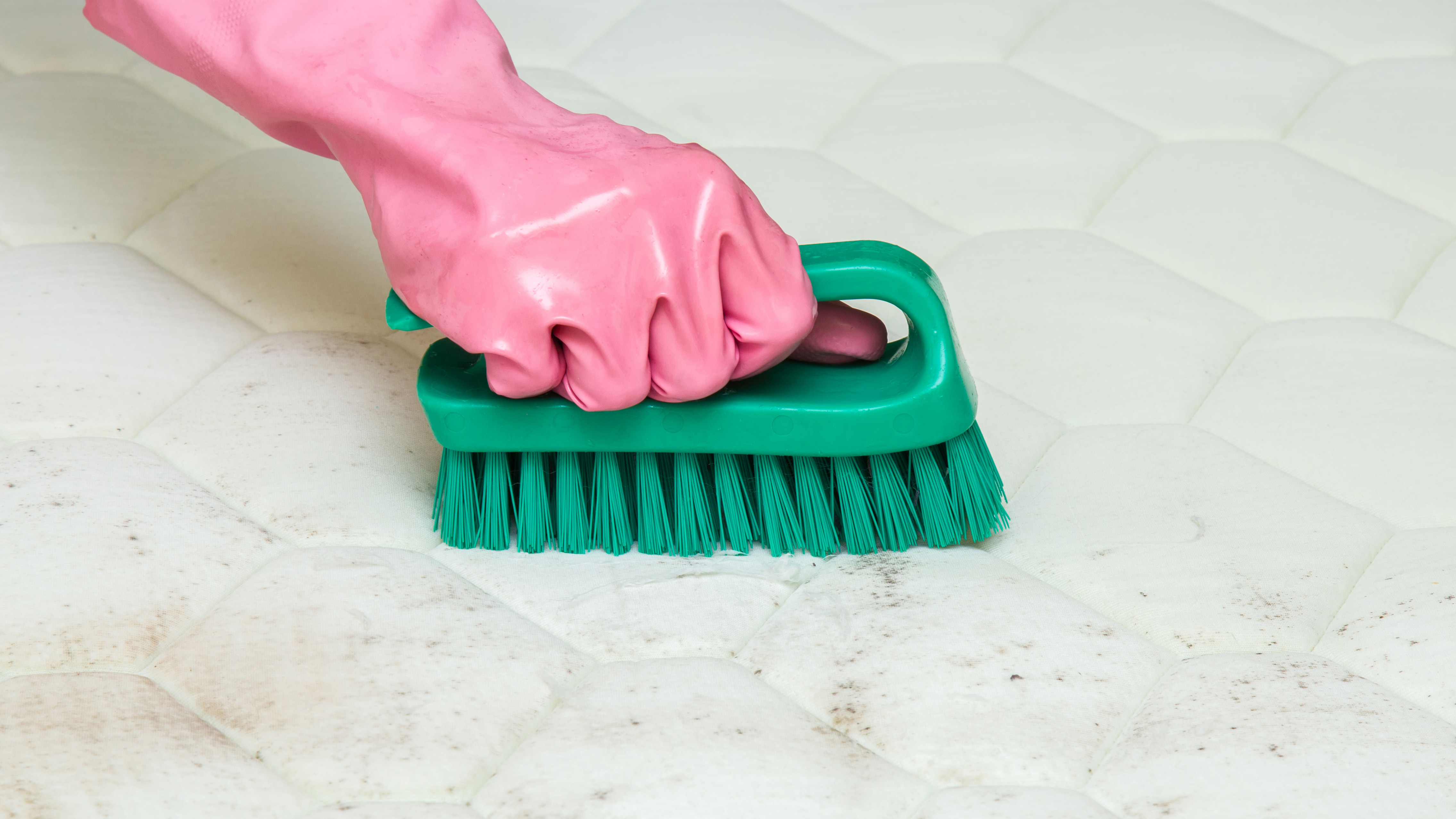
5 reasons not to put your mattress on the floor
1. It may develop mildew or mold
Most mattresses run a higher risk of mildew or mold when placed on the floor, especially in warm or humid places. Without a gap between the mattress and the floor, there's zero airflow. This creates a moist spot for bugs and other nasties to gather, breed and dig into your mattress.
If you were to place a mattress on the floor, hybrids and innersprings fare better than dense all-foam beds since air moves more freely through and around the springs.
2. The mattress will feel hotter to sleep on
Once again – you're restricting airflow by putting your mattress on the floor. There’s no place (other than the top and sides) for heat to escape, so more of it will pool in the mattress. Plus, if you’re prone to overheating at night, this could make your issue worse.
However, if you have hardwood or tiled floors, your mattress won’t be insulated and heat will escape faster. If you have carpet, we'd recommend choosing one of the best cooling mattresses for hot sleepers and making sure it can be used on the floor.
Sign up to get the BEST of Tom's Guide direct to your inbox.
Get instant access to breaking news, the hottest reviews, great deals and helpful tips.
3. It can aggravate your allergies
People with allergies should reconsider putting their mattresses on the floor. Why? Dust and dust mites will accumulate faster in a mattress resting directly on the floor compared to one sat on a slatted base.
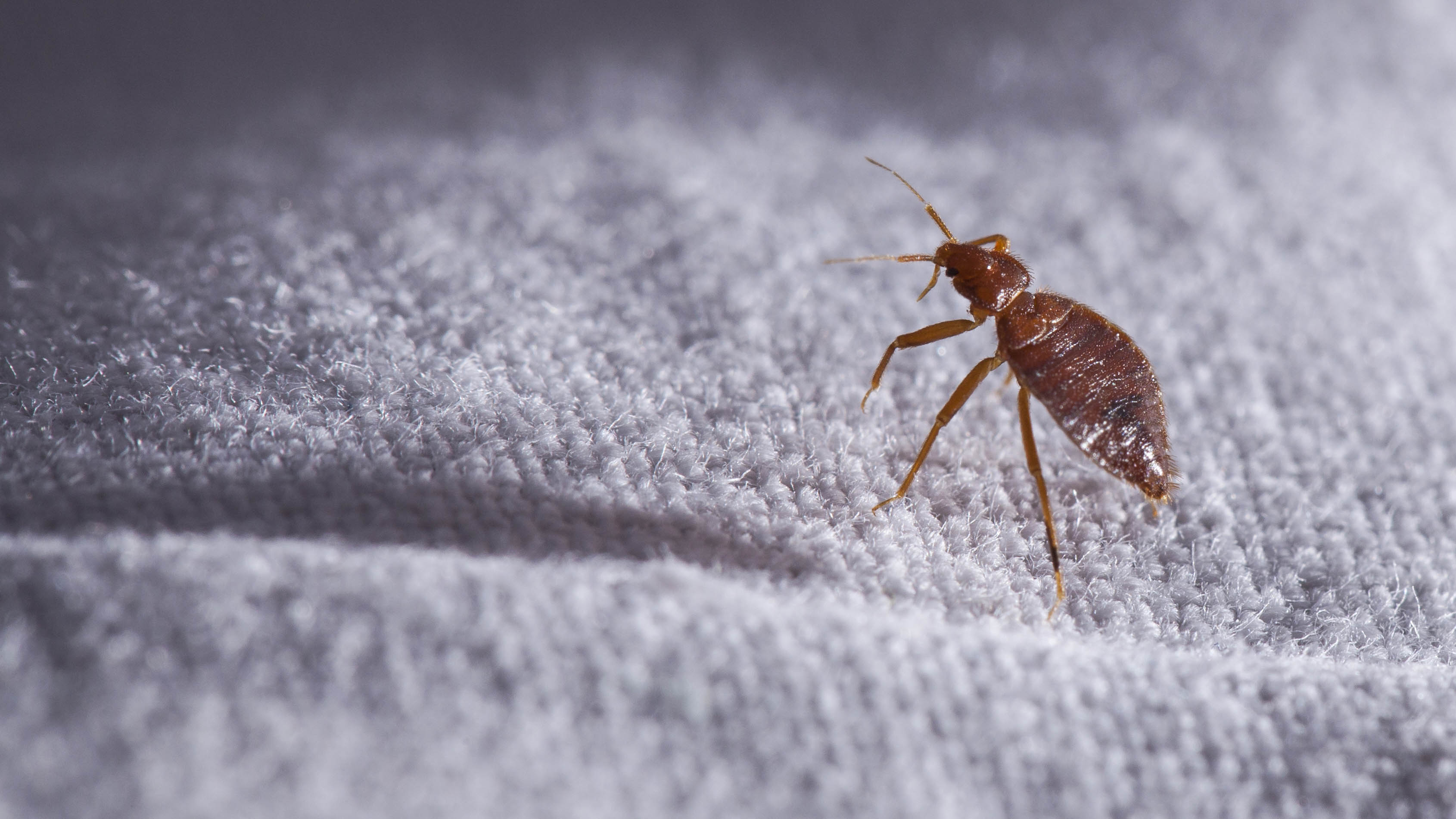
4. It’s an open invitation to bed bugs
Bed bugs will always find a way to burrow in unless you’ve wrapped your mattress in a full mattress protector (covering the top, bottom and sides). Placing your bed on the floor makes it easier for them to access your mattress – and they're a lot of trouble to get out of your mattress. You could lose your mattress for six months while it’s going through the process of shedding bugs.
5. You risk voiding the warranty
Mattresses in a box come with at least a 10-year warranty or a warranty for life. But read the small print before you put your mattress on the floor as many brands will state that the mattress must be used on a compatible frame. Otherwise, the warranty will be void.
3 reasons to put your mattress on the floor
The obvious reason to ditch the bed frame, base or platform is to save money, but there are three other reasons why putting your mattress on the floor might not be such a bad idea.
1. It makes soft mattresses firm and supportive
This is a common fix with sagging and too-soft mattresses, as you’re using the floor to instantly ramp up the firmness of your bed. However, be careful if you have any mobility issues or need a good boost to get up, as you’ll find it tricky doing so from such a low position.
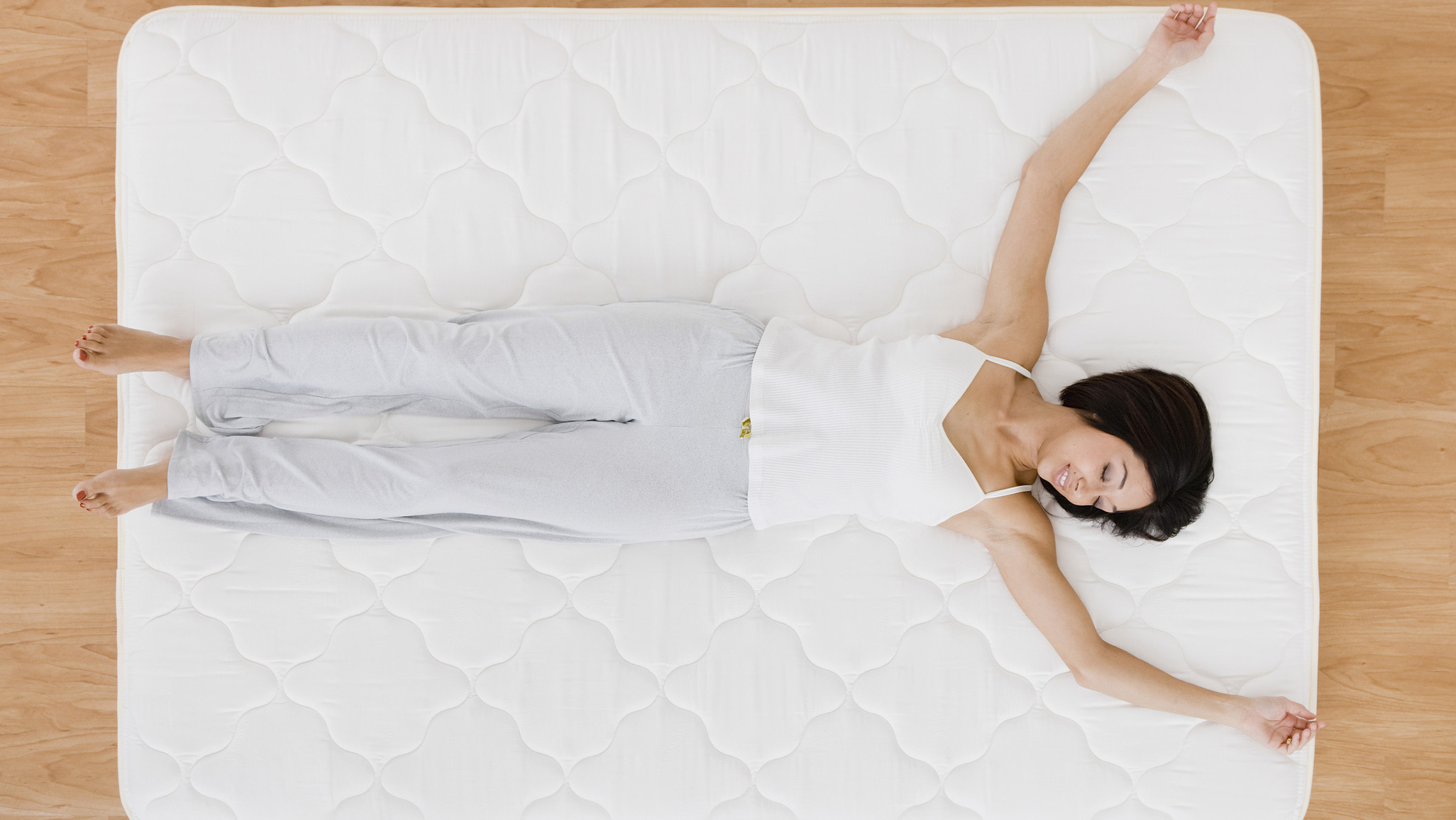
If your mattress has become too soft but you can't afford to buy a new one, placing it on the floor will make it firmer. The bonus of doing this with older mattresses is that it doesn’t matter if you void your coverage because you probably don’t have it any longer anyway.
That said, mattress toppers are an easy and relatively affordable way to alter the feel of your bed.
2. Improve your alignment (and possibly your health)
There isn’t a huge amount of research in this area, but some reported benefits of sleeping with your mattress on the floor include better blood circulation, reduced neck and back pain, and better posture and spinal alignment with less cushioning.
Plus, if you place a mattress on hardwood or tiled floors, it will sleep cooler, reducing your chances of sweating and waking up because you’re too hot.
We’d like to see more research into these areas, though, especially since a hard mattress isn't always right for back pain.
3. It's a stylish way to change up your room
When done right, putting a mattress on the floor will give your bedroom a minimalist chic look while creating the illusion of more space.
Alternatively, you can buy a Japanese floor mattress and actually save space, as you can roll the bed up when it's not in use. This also makes it a more hygienic option than using a standard mattress on the floor.
5 tips for placing a mattress on the floor
1. Place foam or cardboard beneath it
Only do this if you have hardwood or tiled floors. Placing a thin layer of cardboard or foam under your mattress will insulate it better. ( Fall and winter are prime times for doing this. )
2. Prop it up once a week for airing
Prevent mold and mildew by leaning your mattress against a wall for several hours a week to keep the moisture at bay. We recommend doing this on laundry day when you’ll be stripping off your bedding for washing anyway.
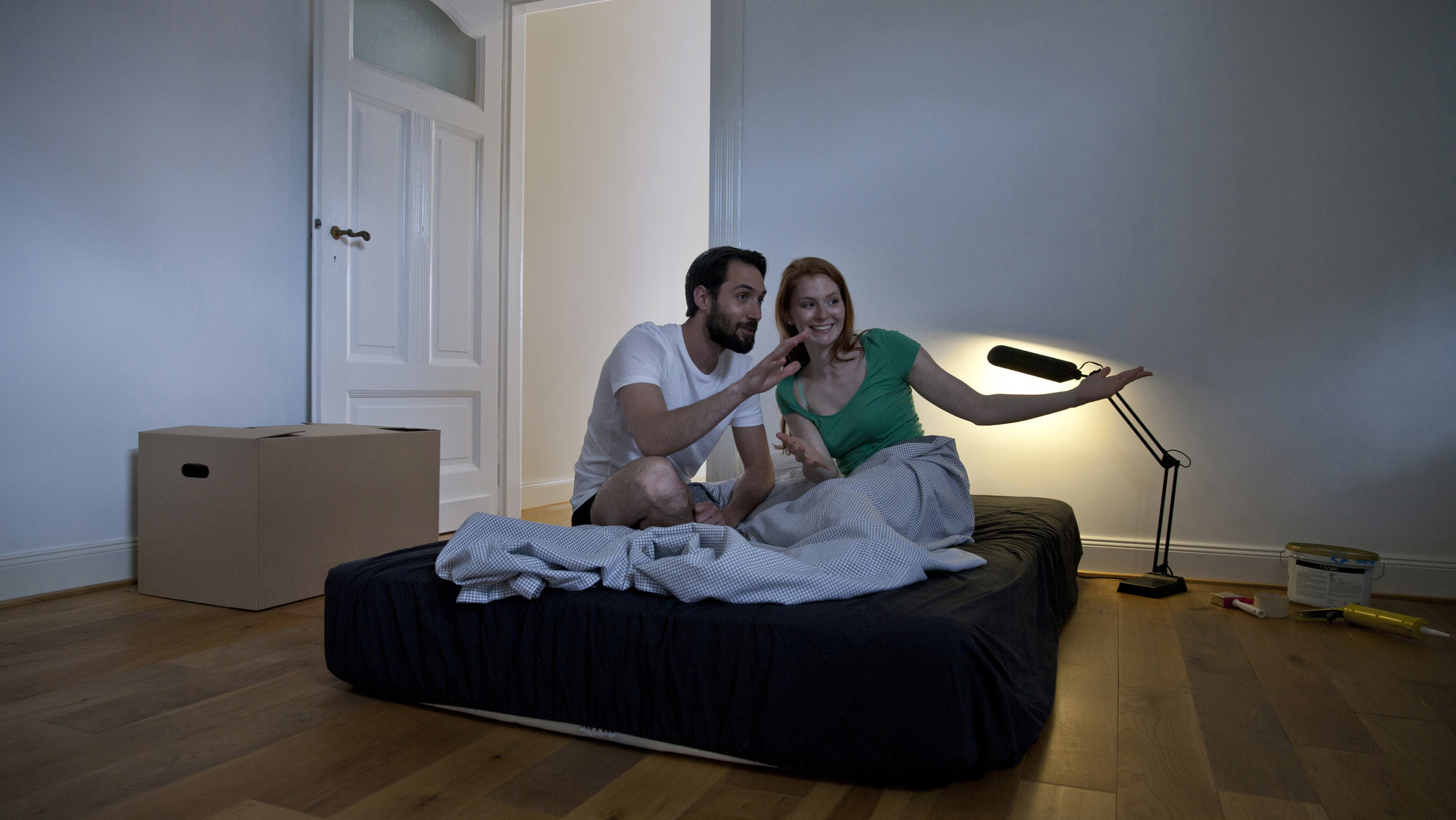
3. Choose the right spot
This might be difficult depending on the size of your bedroom, but pick a spot with good airflow. Placing it in front of a window may help with this, too, but the mattress will attract more moisture there, as well as sunlight – which can kill dust mites, but it will also age your mattress faster.
4. Reevaluate your sleeping position
Since placing a mattress on the floor can make it feel firmer, you may need to rethink the way you sleep at night, particularly if you're a side sleeper. Stomach sleepers are most likely to feel at home with a mattress on the bed, followed by back sleepers who need a firm bed.
You'll need to pay special attention to finding the best pillows especially if you're switching up the way you sleep.
5. Keep the floor and your mattress clean
You’ll have to do more maintenance to keep your sleep space clean when you place a mattress on the floor. Brush or vacuum under your mattress regularly, dust nearby walls and furniture, and learn how to clean a mattress according.
Does placing your mattress on the floor help you sleep cooler?
In theory, placing your mattress directly on the floor does help you stay cool. That’s because hot air rises, while cool air lingers close to the ground. So by placing your mattress on the floor, you are sleeping in the coolest part of the room.
However, bed frames and foundations elevate your mattress off the ground, helping air to circulate beneath the bed. By placing your mattress directly on the ground, it’s more likely to trap heat due to the reduced airflow.
This means that even though you’re sleeping in the coolest part of your bedroom, your bed will still overheat when your mattress is on the floor.
3 mistakes people make when putting a mattress on the floor
1. They don’t protect the bottom of the mattress
Not using a protective layer is a big 'no' if you want to put your mattress on the floor. Even a thin barrier can make a world of difference in how clean your mattress is. We always recommend putting something under your mattress.
“Placing your mattress directly on the floor puts it at risk of mold and mildew,” says Davies. “By not allowing any space between the floor and the mattress, you’re creating the perfect warm and moist environment for nasties to grow."
Luckily, it's an easy fix. “To avoid this, place your mattress on a tatami mat or a thin bunkie board," advises Davies. "You will still need to air your mattress regularly [see below], but having a sheet of material between your mattress and the floor will help prevent mold and mildew growth.”

2. They don’t clean or air their mattress regularly
If your mattress is on the floor, keeping it clean should be a priority. “Another big mistake people make when placing mattresses on the floor for sleeping is not airing them or cleaning them regularly. Both of these steps are critical for mattresses on the floor compared to those placed on proper bed frames,” advises Davies.
“Learning how to clean a mattress properly is a must if you sleep on the floor as your mattress will be at risk of higher exposure to common allergens such as dust mites, plus bed bugs and bacteria.”
And if you're foregoing a bed frame, your cleaning routine needs to take on a few extra steps. It's important to clean beneath the mattress and make sure furniture around the bed isn't accumulating dust. In addition, Davies advises regularly giving your mattress a chance to breathe.
“I recommend airing your mattress a few times a week by lifting it up off the floor completely for a few hours. Airing your mattress dries out any moisture that might be forming on the bottom, which is essential for stopping the growth of mold and mildew. It also helps stagnant air to escape the mattress."
Make sure you're also using a mattress protector, which will add a barrier between your bed and the ground. Our best mattress protector guide can help you find the right one for you – for a floor mattress, we recommend a full protector covering the top, sides, and base.
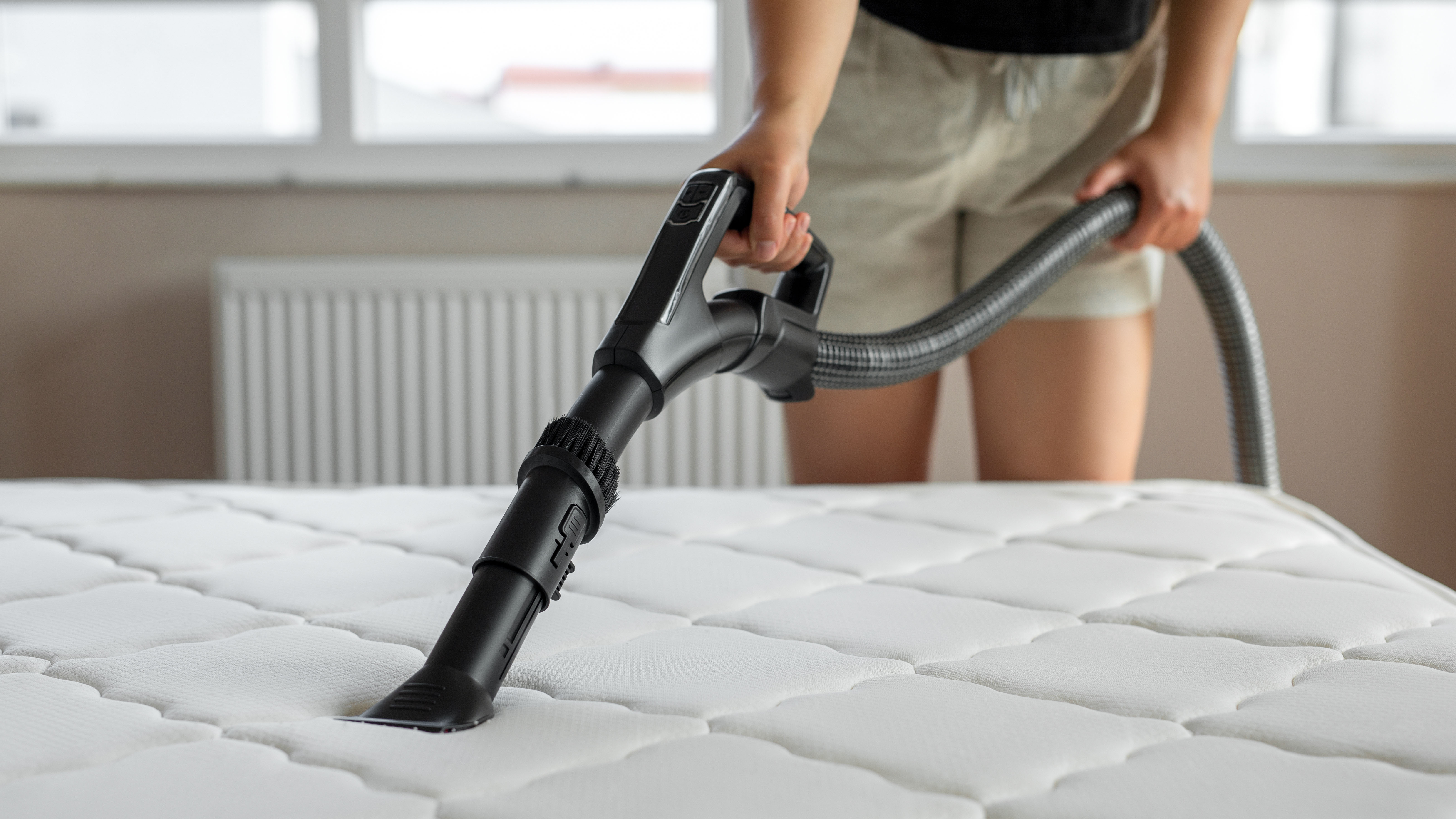
3. They don’t consider hot and cold spots
Ditching the bed frame can be a good way to save space in a small room, but even if locations are limited, you should still consider exactly where you're placing the mattress. Being too hot or too cold can affect the integrity and feel of the bed.
“Where you place your mattress on the floor is important too. Positioning it in-front of a window will attract more moisture, increasing the chance of mold and mildew, but UV rays from natural sunlight are excellent dust mite killers. Regular sun exposure may also age your mattress faster, so you need to weigh up the pros and cons of placing a mattress on the floor close to a window," explains Davies.
Avoiding the window doesn't mean defaulting to the coldest corner of your room. “Be mindful not to place your mattress in a cold spot either – anywhere exposed to a regular draught – as this will affect the feel of your mattress. It will make softer mattresses feel harder. Of course, if making a softer mattress harder is your main reason for placing it on the floor, then this could actually be a benefit to you.”

Claire is a fully qualified journalist and Certified Sleep Science Coach with over 16 years’ product review experience. Claire is responsible for all mattress and sleep content published on Tom’s Guide, including our Best Mattress of 2025 buying guide. She is our expert on Saatva, DreamCloud, Nectar and Tempur-Pedic mattresses, and is also our in-house hybrid mattress specialist. Claire is certified to advise people on how to choose a mattress that best suits their sleep, body and budget, as well as helping them to create a nighttime routine and bedroom environment that promote good sleep. As Senior Sleep and Mattress Editor, Claire takes the lead on developing and overseeing rigorous testing procedures for our mattress reviews, both at home and in our fully equipped Sleep Lab. Claire leads a team of experienced sleep and mattress specialists who report on and test a wide range of mattress and sleep products, and she also writes about all things related to sleep, and has interviewed a wealth of experts including mattress designers and buyers, neuroscientists, and doctors of sleep medicine.
- Alison BarrettaFreelance reviewer and writer
You must confirm your public display name before commenting
Please logout and then login again, you will then be prompted to enter your display name.
